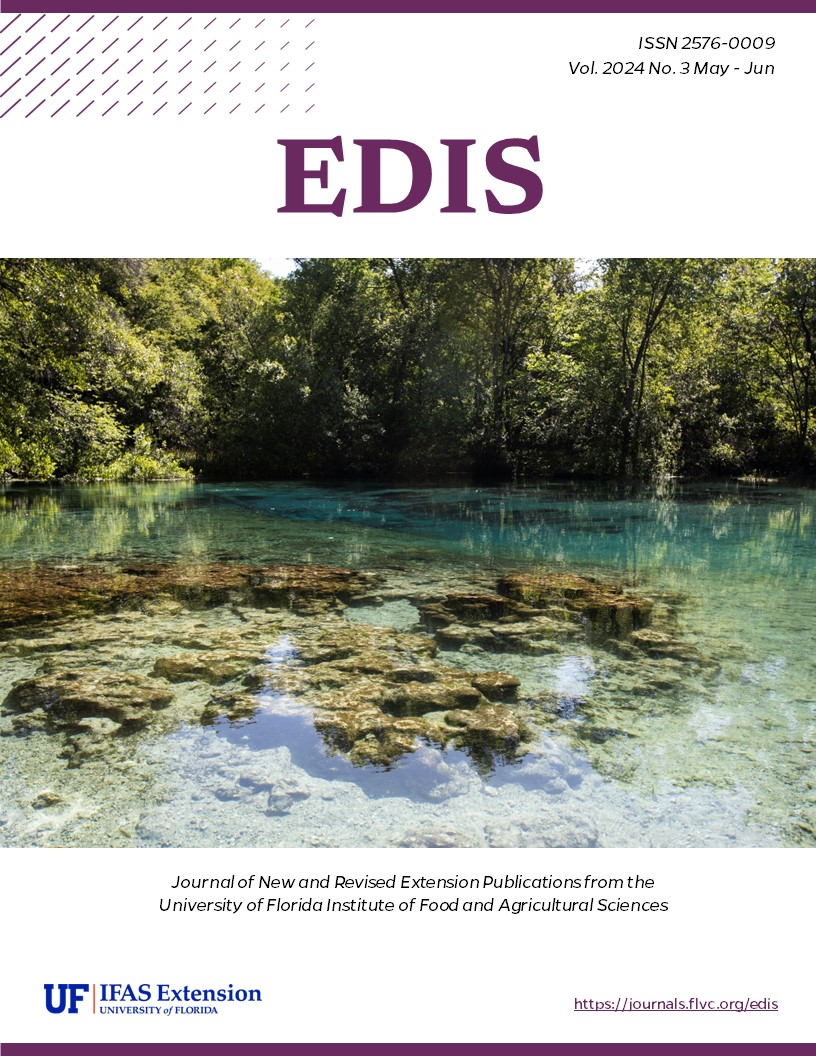Abstract
The purpose of this publication is to provide guidance and tips on how to enter the wonderful world of moths, or "mothing," and, further, how to leverage iNaturalist to document moth observations and contribute to science. The intended audience is anyone who is interested in the natural world and wants to learn more about observing moths, identifying moths, and contributing to science by adding their observations to iNaturalist.
References
Callaghan, Corey T., Thomas Mesaglio, John S. Ascher, Thomas M. Brooks, Analyn A. Cabras, Mark Chandler, William K. Cornwell, et al. 2022. “The Benefits of Contributing to the Citizen Science Platform iNaturalist as an Identifier.” PLoS Biology 20 (11): e3001843. https://doi.org/10.1371/journal.pbio.3001843.
Jonason, Dennis, Markus Franzén, and Thomas Ranius. 2014. “Surveying Moths Using Light Traps: Effects of Weather and Time of Year.” PloS One 9 (3): e92453. https://doi.org/10.1371/journal.pone.0092453.
Pickering, John, Dorothy Madamba, Tori Staples, and Rebecca Walcott. 2016. “Status of Moth Diversity and Taxonomy: A Comparison Between Africa and North America North of Mexico.” Southern Lepidopterists' News 38 (3): 241–48.
Scott, James A. 1992. The Butterflies of North America: A Natural History and Field Guide. Stanford, California: Stanford University Press.
Wang, Wenlong, Chenglong Gao, Lili Ren, and Youqing Luo. 2019. “The Effect of Longwave Ultraviolet Light Radiation on Dendrolimus Tabulaeformis Antioxidant and Detoxifying Enzymes.” Insects 11 (1): 1. https://doi.org/10.3390/insects11010001

This work is licensed under a Creative Commons Attribution-NonCommercial-NoDerivatives 4.0 International License.
Copyright (c) 2024 UF/IFAS

